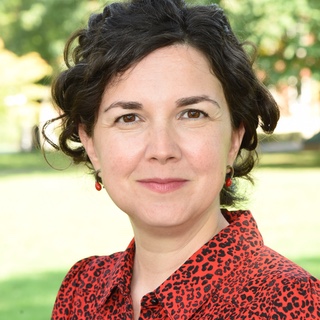
Podcast: Play in new window | Download (Duration: 23:20 — 21.4MB)
Subscribe: Google Podcasts | Spotify | Android | RSS | More

Anchovies can be very divisive; some people absolutely cannot stand them. I can’t get enough of the little blighters. What’s the difference? It might be as simple as the way they’re stored.
At the Dublin Gastronomy Symposium this past summer, I was delighted to learn one crucial way to improve any tin of anchovies: keep it in the fridge until you’re ready to use it.
Marcela Garcés is a professor at Siena College in New York, and as a side hustle she and her husband Yuri Morejón run La Centralita, a culinary studio that aims, among other things, “to teach guests about anchovies as a gourmet food in context”. As a result of our conversation, I now hold anchovies in even higher regard.
Notes
- Marcela Garcés’ paper is In Defense of the Anchovy: Creating New Culinary Memories through Applied Cultural Context.
- La Centralita is in Albany, New York.
- Here is the transcript, thanks to the generosity of supporters
- Banner photograph from Marcela Garcés.
